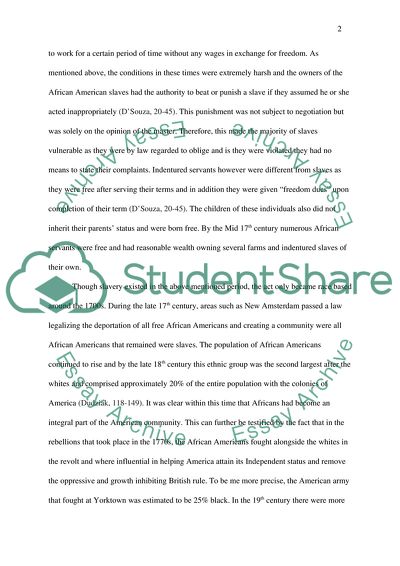Cite this document
(Race and the Image of American Democracy Essay Example | Topics and Well Written Essays - 1500 words - 1, n.d.)
Race and the Image of American Democracy Essay Example | Topics and Well Written Essays - 1500 words - 1. https://studentshare.org/history/1812198-african-american
Race and the Image of American Democracy Essay Example | Topics and Well Written Essays - 1500 words - 1. https://studentshare.org/history/1812198-african-american
(Race and the Image of American Democracy Essay Example | Topics and Well Written Essays - 1500 Words - 1)
Race and the Image of American Democracy Essay Example | Topics and Well Written Essays - 1500 Words - 1. https://studentshare.org/history/1812198-african-american.
Race and the Image of American Democracy Essay Example | Topics and Well Written Essays - 1500 Words - 1. https://studentshare.org/history/1812198-african-american.
“Race and the Image of American Democracy Essay Example | Topics and Well Written Essays - 1500 Words - 1”. https://studentshare.org/history/1812198-african-american.


